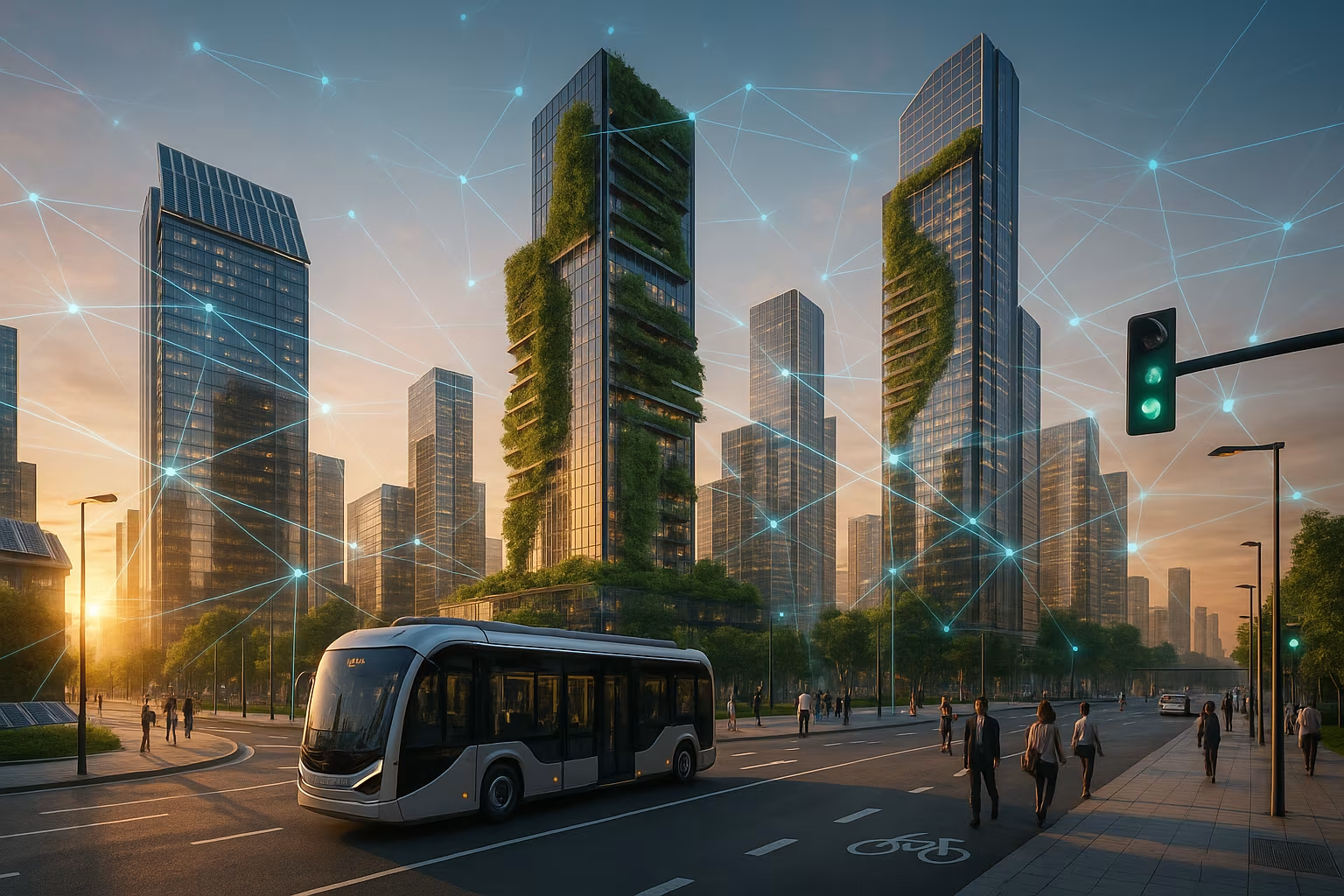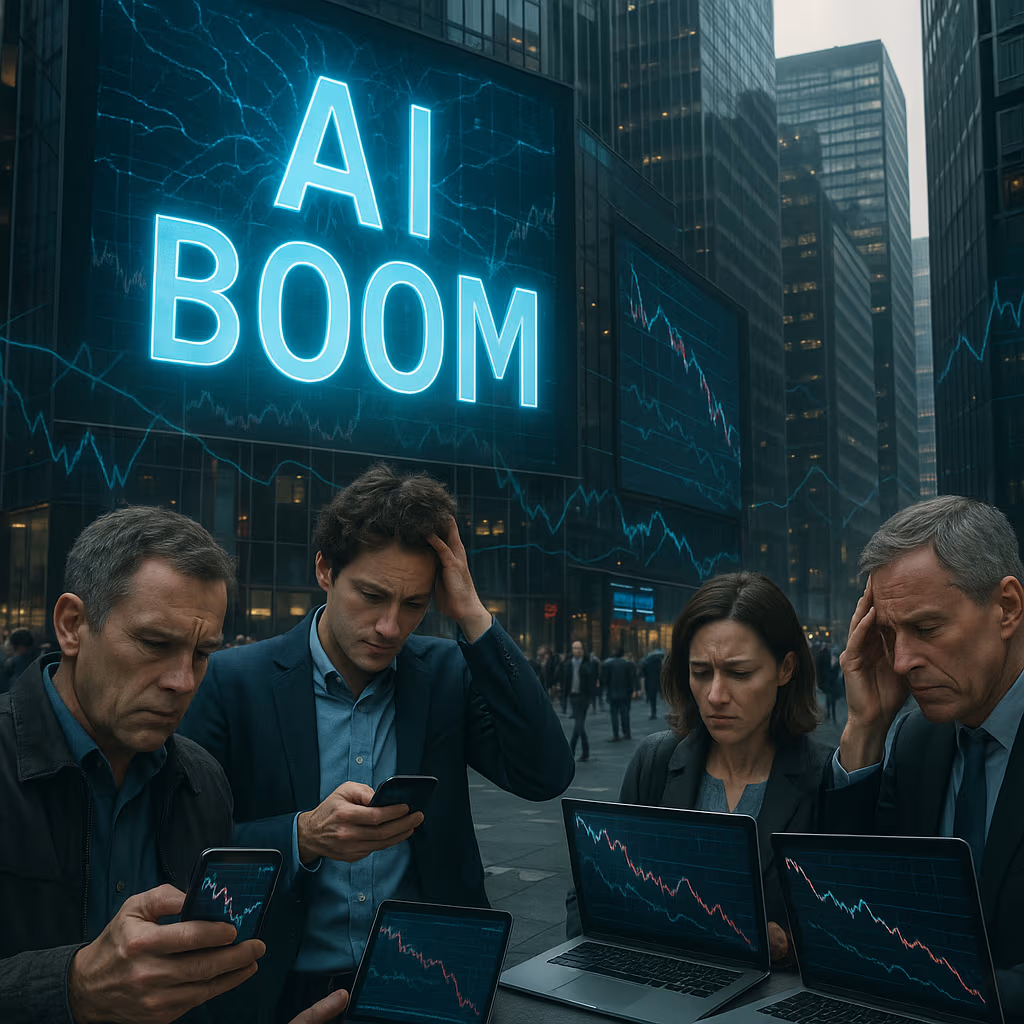The built environment has always reflected the values, ambitions, and technological capabilities of societies. From the pyramids of ancient Egypt to the skyscrapers of modern cities, every era leaves behind structures that define its identity. Today, the rapid pace of innovation is transforming how we design, construct, and interact with the built environment in ways that are both unprecedented and urgently necessary. As the world faces urbanization pressures, climate change, and evolving human needs, innovation is not just an advantage—it is essential.
Smart Cities: Blending Technology with Urban Life
One of the most visible ways innovation is shaping the built environment is through the rise of smart cities. These cities use advanced technologies such as Internet of Things (IoT) sensors, data analytics, and artificial intelligence to optimize infrastructure and services. From traffic management systems that reduce congestion to energy grids that balance consumption and minimize waste, smart cities are redefining what it means to live in an urban space.
For example, cities like Singapore and Barcelona have pioneered the use of connected infrastructure that improves mobility, waste management, and water efficiency. The result is not only greater convenience for residents but also significant cost savings and a reduced environmental footprint.
Sustainable Materials and Green Construction
As climate change accelerates, sustainability has become a central theme in construction and urban planning. Innovation in materials science is allowing architects and engineers to design buildings that are not only stronger but also environmentally friendly.
Cross-laminated timber (CLT), for instance, has emerged as a viable alternative to concrete and steel, reducing carbon emissions while maintaining durability. Other advancements include self-healing concrete that extends the lifespan of structures and biophilic designs that integrate natural elements into built spaces to improve human well-being.
Green certifications such as LEED (Leadership in Energy and Environmental Design) and BREEAM (Building Research Establishment Environmental Assessment Method) are pushing developers to adopt sustainable practices. This shift is helping shape a built environment where buildings consume less energy, recycle water, and even generate their own power through solar panels and wind systems.
Modular and Prefabricated Construction
The need for affordable housing and faster construction timelines has fueled the growth of modular and prefabricated construction methods. Unlike traditional approaches, modular buildings are manufactured in controlled factory environments before being assembled on-site.
This process reduces construction waste, shortens timelines, and improves quality control. Beyond efficiency, modular construction also offers flexibility—buildings can be expanded or reconfigured as needs change. Cities struggling with housing shortages are increasingly turning to these methods to meet growing demand while keeping costs manageable.
Digital Twin Technology
Another groundbreaking innovation is the rise of digital twins—virtual replicas of physical assets. By creating a digital counterpart of a building, bridge, or city district, engineers and planners can simulate real-world conditions and test different scenarios before making changes.
For example, a digital twin of a hospital can help managers understand energy use patterns, while one of a city district can model traffic flows to minimize congestion. This predictive power allows decision-makers to optimize performance, extend asset life cycles, and reduce maintenance costs.
The Role of Artificial Intelligence and Automation
Artificial intelligence (AI) and automation are fundamentally reshaping construction and urban planning. AI-driven algorithms can analyze vast amounts of data to predict energy needs, recommend sustainable designs, or even optimize building orientation for maximum natural light.
Robotics and automation, meanwhile, are improving efficiency on construction sites. Drones are being used for surveying and inspection, while robotic bricklayers and 3D printers are speeding up the construction of complex structures. Together, these innovations enhance safety, lower costs, and open new possibilities for architectural creativity.
Human-Centered Design in the Built Environment
While technology drives much of the transformation, innovation in the built environment is not solely about machines and data. A growing emphasis on human-centered design ensures that cities and buildings enhance quality of life.
Urban planners are prioritizing walkable neighborhoods, mixed-use developments, and accessible public spaces. Biophilic architecture, which integrates greenery and natural light, has been shown to boost productivity and reduce stress. Additionally, adaptive reuse—repurposing old buildings for modern needs—combines sustainability with cultural preservation, creating vibrant spaces that honor the past while meeting present-day demands.
Resilience Against Climate Change
Innovation is also critical in building resilience against the increasing threats of climate change. Flood-resistant infrastructure, heat-mitigating urban designs, and renewable energy integration are all becoming central to construction strategies. For coastal cities, elevated structures and seawalls are being paired with innovative drainage systems to manage rising sea levels.
The concept of climate-resilient cities goes beyond defense—it seeks to create adaptable systems capable of absorbing shocks and maintaining functionality. In this sense, innovation is not just about building smarter but also about ensuring survival in an unpredictable future.
A Future Shaped by Collaboration
Ultimately, the transformation of the built environment is not the product of a single innovation but the result of interdisciplinary collaboration. Architects, engineers, technologists, policymakers, and communities must work together to design spaces that are functional, sustainable, and inspiring.
The built environment of tomorrow will likely look very different from what we know today—skylines integrated with green facades, neighborhoods powered by renewable energy microgrids, and cities that function as living organisms responding to the needs of their inhabitants. The journey is ongoing, but one thing is clear: innovation is the foundation of the future we are building.





